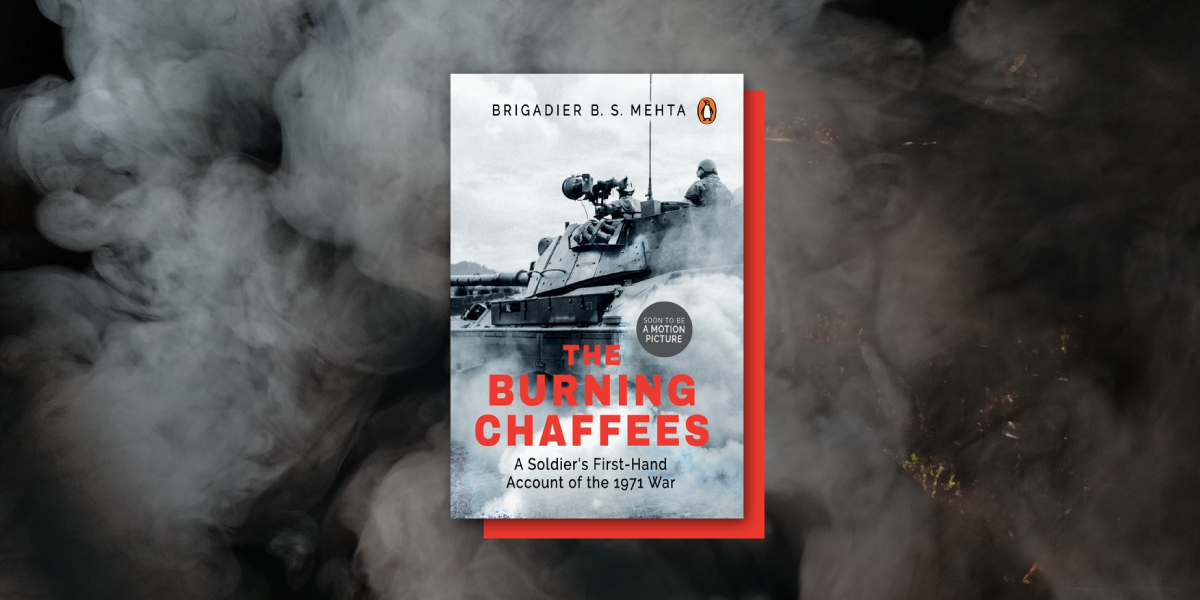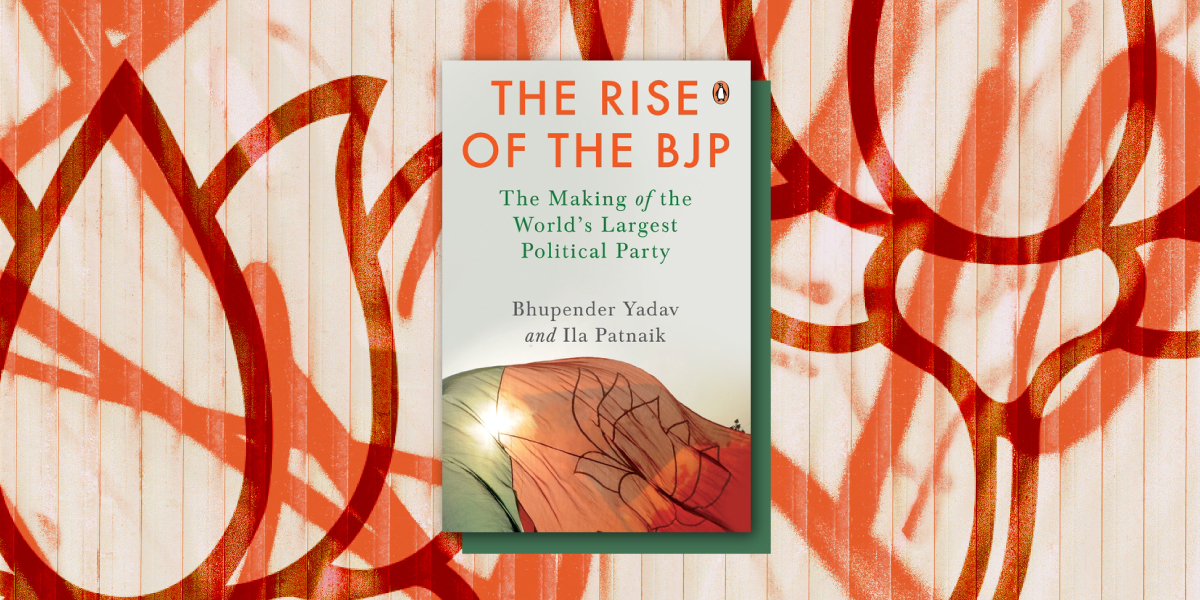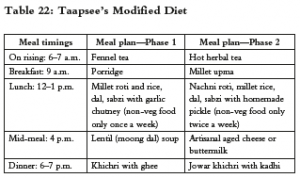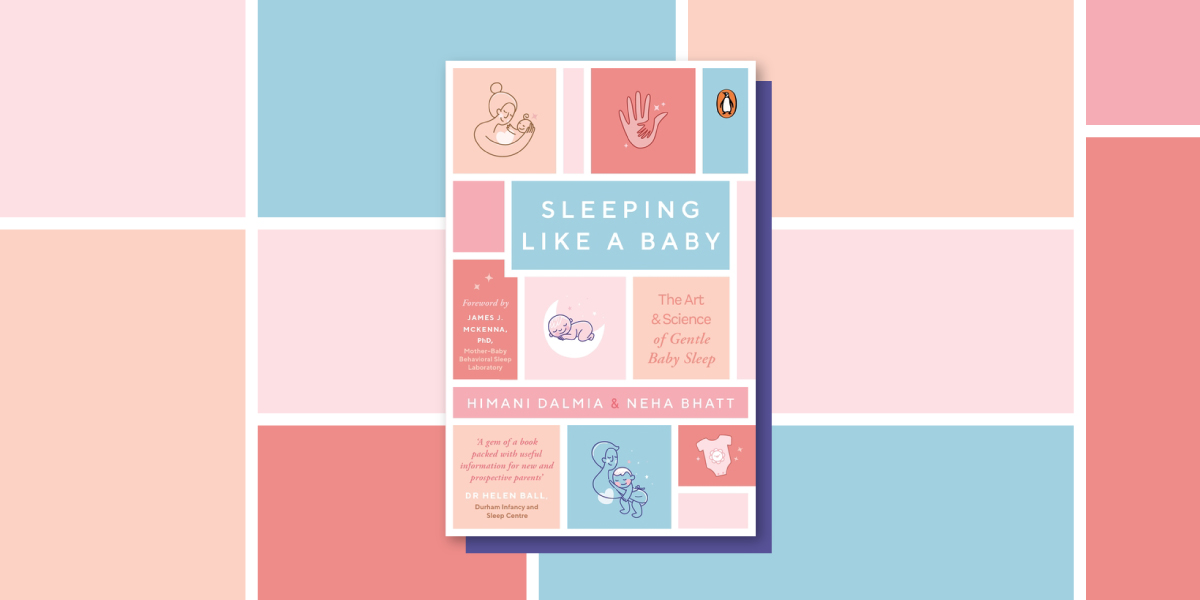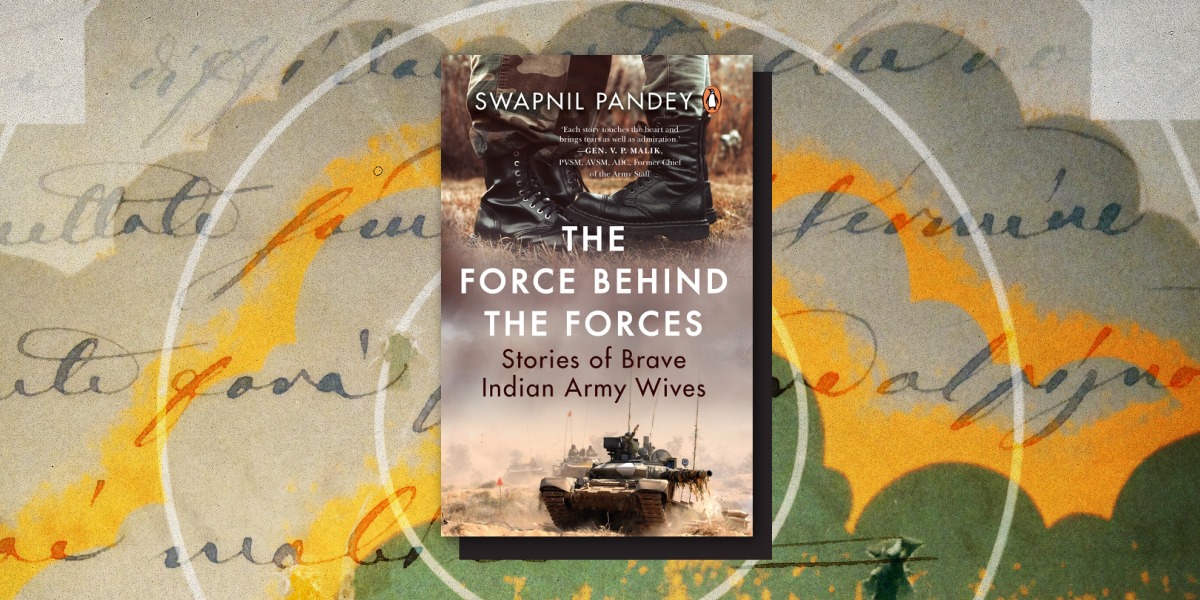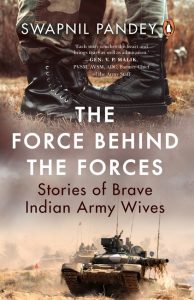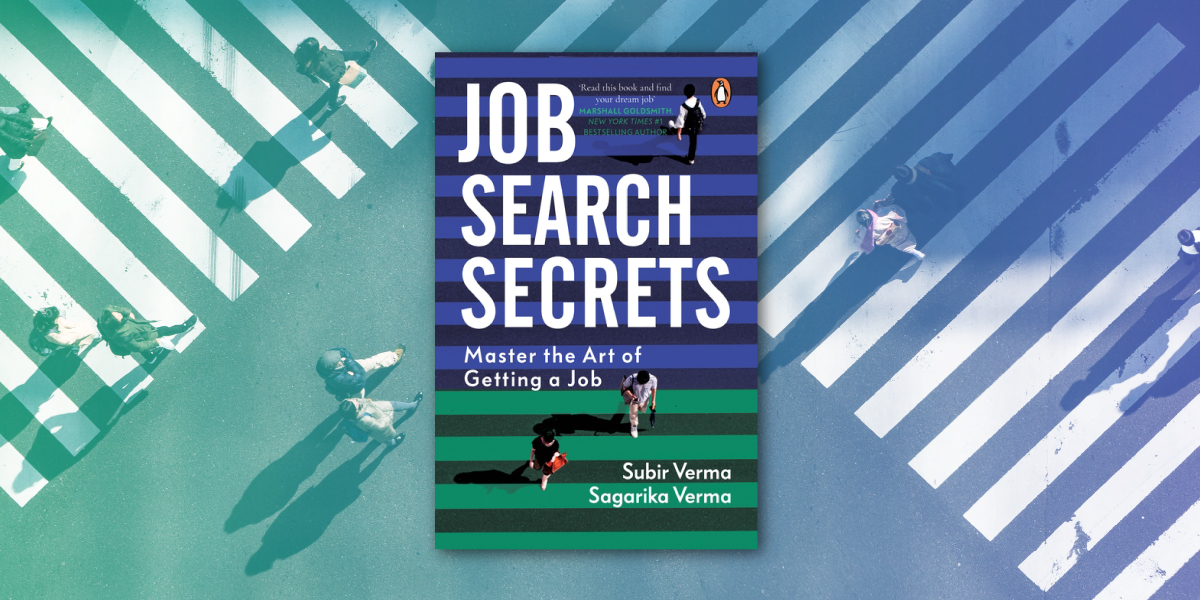A lesser-known event in Indian military history, the Battle of Garibpur was fought between 21-22 November 1971. In The Burning Chaffees, Brigadier B.S. Mehta records the behind-the-scenes tension that eventually exploded into the momentous Bangladesh Liberation War, India’s tank column movement into then East Pakistan, and the victory which shook Pakistan’s confidence.
The following excerpt is an account from 20 November 1971, moments before the main conflict took place.

*
We had barely moved out of the Battalion HQ when an urgent message came through on the radio. What we had been suspecting since the early morning now stood confirmed by the radio message, followed by the short shrill blasts from a whistle, which somebody was blowing impatiently. It was a signal, practised and rehearsed during exercises, to indicate an imminent air strike.
I elbowed my entry into one of the crowded trenches close to the Battalion HQ, as there was no way I could make it to my tank. The trench, designed for not more than three persons, was a small, ramshackle shelter with an apology for overhead cover consisting of small khaji saplings and dry twigs covered with earth to provide protection. On one side of the trench, a small aperture had been cut open through which its occupants could fire their weapons in case of a ground attack. Before I could adjust my weight on my feet, somebody inside yelled, ‘Enemy planes are coming.’ The four black dots had now grown much larger, their outline becoming more menacing. Soon, they were overhead, and started to circle over our position, to determine our defence perimeter within which they would select their targets to spell death and devastation. Their main effort was directed towards the tanks, being the more lucrative targets. Sitting inside the trench, packed like sardines, one could do nothing more than watch the aircraft, which we now recognised as the infamous Sabres. We had heard and read enough about these aircraft but all that knowledge was of no avail, since it had only acquainted us with the physical and technical features of the aircraft. What we were going to discover in the next 10 minutes or so would be its capacity for annihilation and its ability to create havoc amongst the ground troops. The cumulative effect of its monster-like presence moving around at supersonic speed, creating a blood curdling roar through its jet engines, the reverberation and echoes, plus the physical damage its cannon, bombs and strafing would create was something we would be compelled to undergo with our hearts in our mouths. While they were still high up in the sky, I ventured to count them, hoping to draw some consolation from their numbers: one, two, three, four—possibly some higher up in the sky. The Sabres were pulling up once again to gain height as by now they had completed a dry run. It would now be only a matter of moments before they swooped down, one after another, unloading their cargo consisting of bombs, cannons, machine guns, on pre-selected targets.
*
Soon to be a major motion picture, you can get your copy of The Burning Chaffees from your nearest bookstore.







